Atlas of Links #2
Recent writings by me and related materials; collections of interesting aesthetics

Previously: Atlas of Links #1
A. Pineapples
I. Last month I published (and crossposted here) an article on the history of pineapples at the always excellent magazine Works in Progress! Really fun to dive deeply into such a nice topic, and learn all sorts of random facts about the fruit that used to be the supreme luxury item.
The piece itself contains lots of links to cool parts of the internet, but here are some related links that didn’t make it into it, especially around foods as status symbols (in the spirit of the Pinkglow and even more absurd Rubyglow pineapples):
II. The market for high-end luxury fruit is still alive and well in Japan, where you can get extremely premium strawberries or super pricey Ruby Roman grapes (in addition to the usual suspects like square watermelons)
III. Celery, my least favorite vegetable, used to be a luxury food in the late 19th century and early 20th.
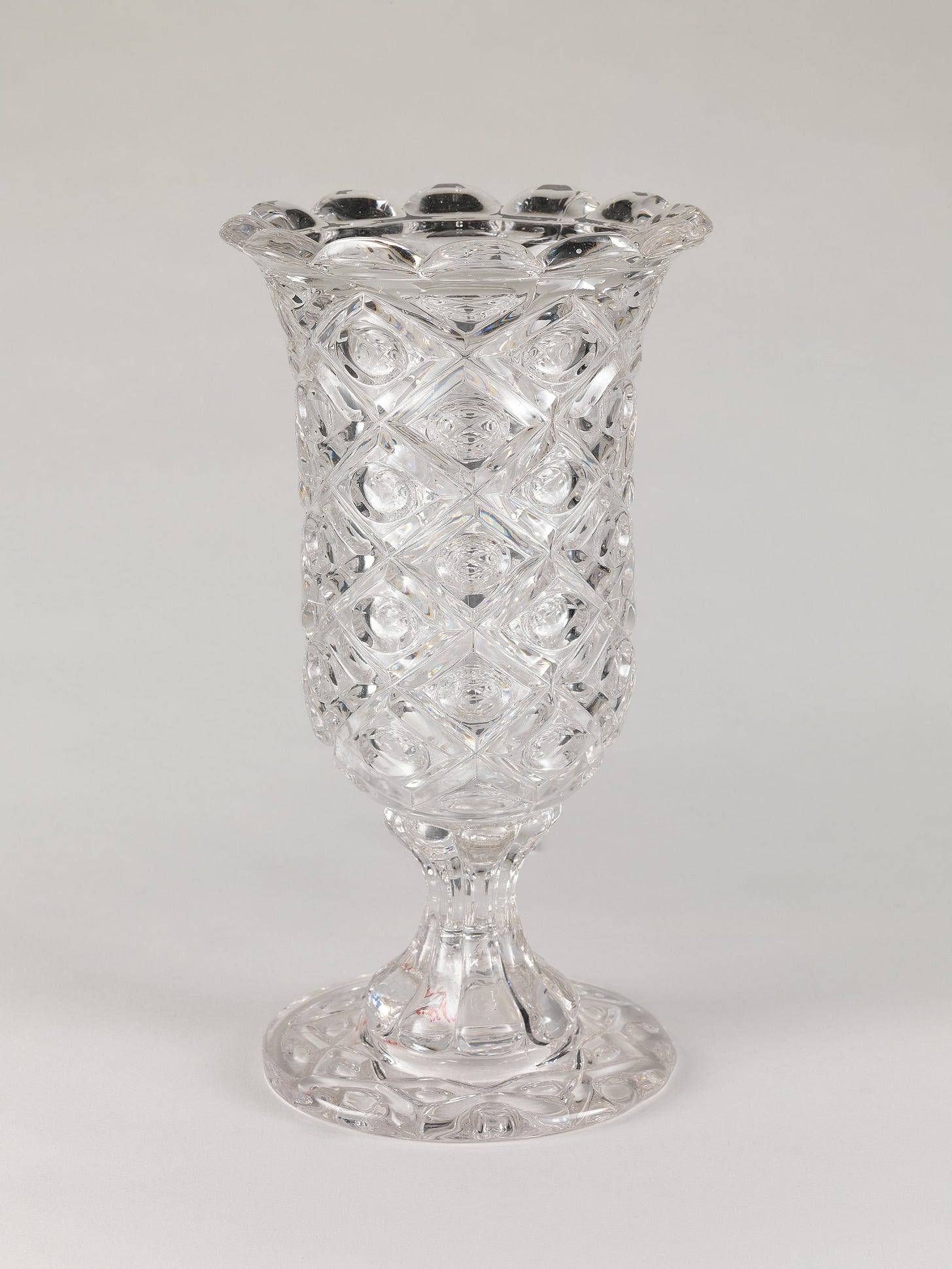
IV. Citrus fruit, like lemons, were a status symbol in Ancient Rome, sparking a long tradition that goes all the way to children receiving oranges as a Christmas present in the 20th century. Meanwhile I, a spoiled first world kid, don’t even like oranges. Nor do I actually like pineapples that much, for that matter.
V. One of the original inspirations to look into the history of pineapples was this article, especially this quote by Dr Lauren O’Hagan: “At this time, working-class people eating pineapples even became used in satirical prints as a visual metaphor for the problem of progress.” I was intrigued by those visual metaphors for the problem of progress, but unfortunately didn’t find them, even after contacting Dr O’Hagan. The closest I found was this cartoon from 1873, which made its way into my article:
If you find any other images that satirize the “problem of progress” during the Victorian era, I’m interested!
B. CITY STATE
VI. You may have noticed another crosspost — Multi-country civilizations are good, actually — originally published at The Elysian, Elle Griffin’s excellent Substack. She and six other writers, including yours truly, have been exploring ideas around cities and self-governance.
VII. The intro post for the series, including links to every essay in it, is here. It’s going to be available in print form too! I particularly liked Elle’s essay on creating new US states.
VIII. This is not a link but stay tuned for another collaboration with The Elysian soon! I have too many external writing commitments these days 😄
C. Deutsch and Popper
IX. Last year I got somewhat deeply into critical rationalism, the philosophy of David Deutsch and Karl Popper. I read most of Popper’s Objective Knowledge, then wrote this post about how his epistemology relates to evolutionary thought. This is an interesting comment someone wrote in response, arguing that Popper never really understood evolution that well, because it was still in the process of being understood (genes were discovered only in the 1950s):
X. Relatedly, this essay by Kasra has lived in my head since I read it in December. Like Kasra, I’ve felt a bit of unease at critical rationalism, and he managed to put into words a big part of the reason why. It’s subtle, and I have a hard time articulating it myself, but this philosophy seems much less promising to me than when I first read Deutsch’s The Beginning of Infinity, and I find myself annoyed at most versions of it that I encounter. There’s some truth in the idea that knowledge is created through conjecture and criticism, of course, and reading Deutsch and Popper was worthwhile; but I am glad I avoided the trap of making it a core part of my identity or philosophy. (Apologies in advance to a thoughtful friend who’s not going to be happy about this development in my epistemology!)
D. Ornateness
XI. Simon Sarris:
I’m not sure that most websites should look like this, but certainly more would be good. There is so much less visual diversity of websites than you’d expect, considering that there aren’t really any strong constraints on what websites look like. When I redesign my personal website I’m going to take inspiration from this.
Some examples from down the thread that I liked:
XII. Rainmaker
XIII. Social Impact Capital
XIV. Nockchain
XV. A couple months ago, Works in Progress was looking for a designer to develop an aesthetic in this vein. I’m not sure if they found one, but it looks like it’s been difficult: very few people have answered the call, at least in the thread. It seems super tricky to actually hire anyone to make something in a highly ornate style. Artists like this exist, but I’m a bit puzzled that there aren’t more — there’s value for an artist to run counter to the prevailing trends. Maybe not enough value, compared to riding the trend itself?
E. The brutalist lab aesthetic
XVI. Speaking of which, I’ve been compiling examples of a growing aesthetic trend I call — for lack of a better word, and with help from Claude — the brutalist lab style. Works in Progress’s current aesthetic is perhaps the prototypical example:
The brutalist lab aesthetic likes the clean presentation of information; more delineation of rectangular sections than strictly necessary; black or blue elements over a pale beige or gray background; a mix of typographies, with a particular affinity for monospace fonts and bold capital letters; and anything that is reminiscent of early to mid 20th century technical documents.
I’m using (my interpretation of) this aesthetic for one of my own projects, so I’ve been collecting examples. Here are a few non-internet ones:
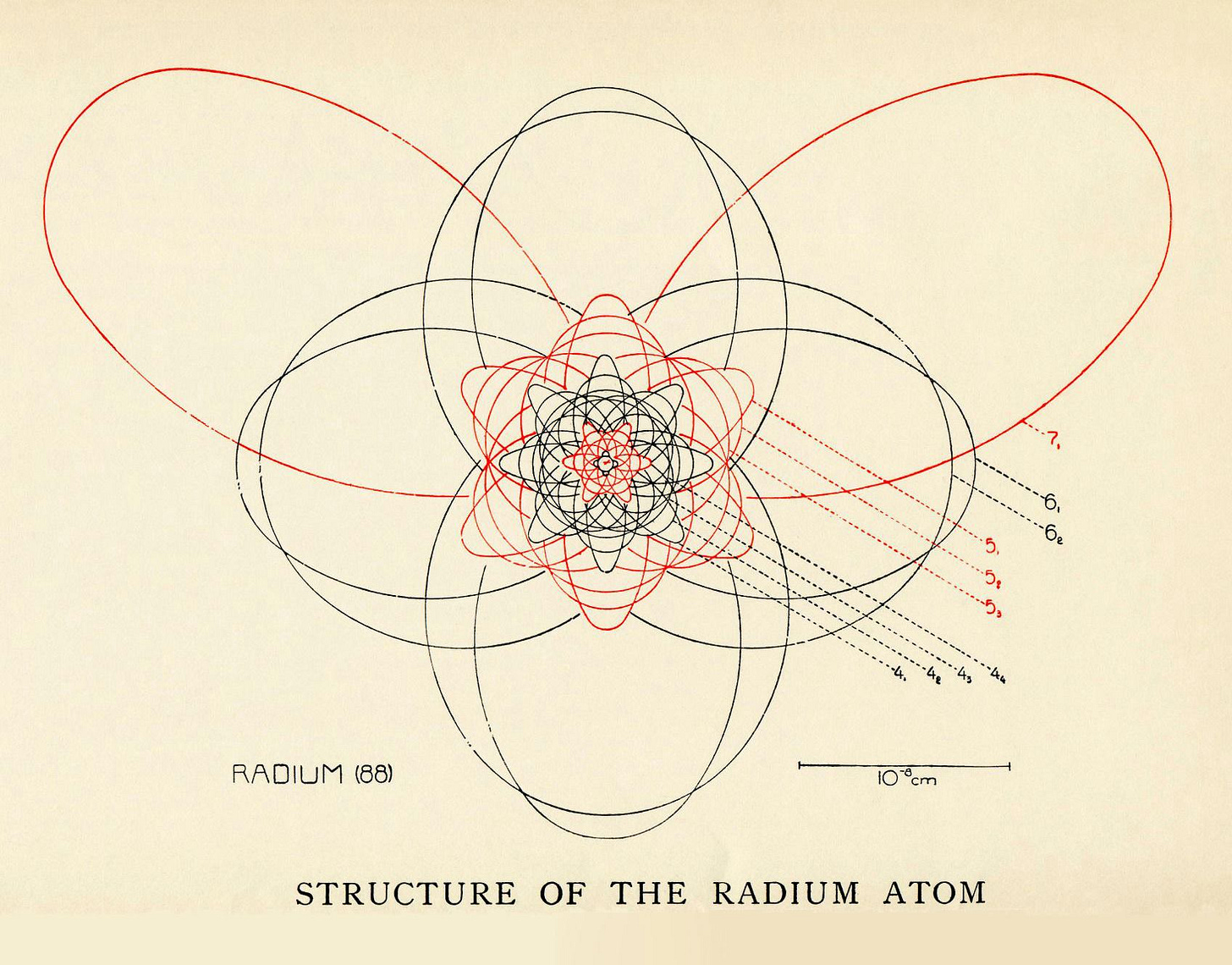
XVII. Exa, which I won’t link to because it’s a competitor to my employer, tastefully uses a muted version of it, combined with equally subtle classical style:
XVIII. Sacred computer, a web component you can use for similar aesthetics — great name too:
XIX. Recently, the Plasticlist database of products and their plastic content is a masterclass in the genre, with a tinge of a vintage computer aesthetic:
XX. And of course the field of progress studies is drawing inspiration from it, as it should, with the Centre for British Progress being a very recent example:
Please let me know if you find anything that matches this aesthetic — or if you have a better name for it!
F. Misc
XXI. Seen in La Presse (a Quebec newspaper), which published it to link to Elon Musk, whose grandfather was part of it: in the first half of the 20th century, there was apparently a pretty influential “Technocracy movement” advocating for control of society by engineers, and the merging of all of North America (and some of South America) into a single country called the Technate of America.
They had all sorts of publications and their own gray-and-red visual identity, with a ying-yang-like logo:
The movement was declared illegal for a few years in Canada during the 1940s, and declined after this (and Elon’s grandfather, giving up on his life in Saskatchewan, moved to South Africa in 1950), but it apparently still exists in some weakened form.
XXII. There’s still a month to write your review for the Everything-Except-Book review contest on Astral Codex Ten! I’m curious what will turn up, but I find it really hard to get myself motivated to submit something with such open-ended constraints.
XXIII. For whatever reason, whenever I read Eli Dourado’s posts on a possible renaissance of the airship industry, I get a big urge to give up on everything and devote the rest of my life to make it happen.
XXIV. In Taoism, “wu wei” is a complicated concept that I don’t pretend to understand but can be translated approximately to “non-action”. At least that’s the case in English; in French, it has been translated by 18th-century economist François Quesnay as laissez faire (“let do”), which has then been loaned into English to designate economic policies of non-interventionism. The connection from Chinese philosophy to modern liberal thought is pretty cool. Seen here, with a more credible source here.
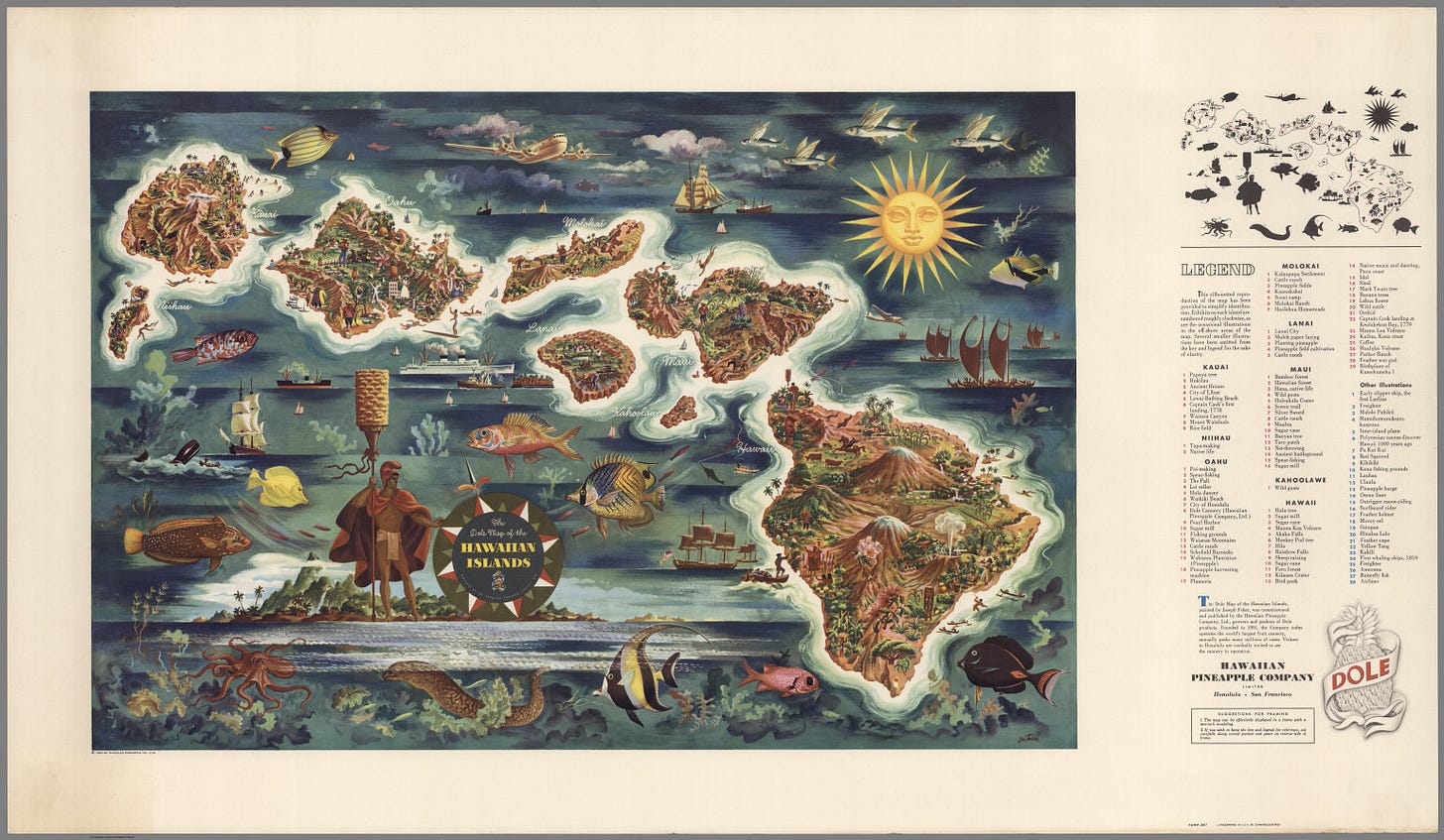






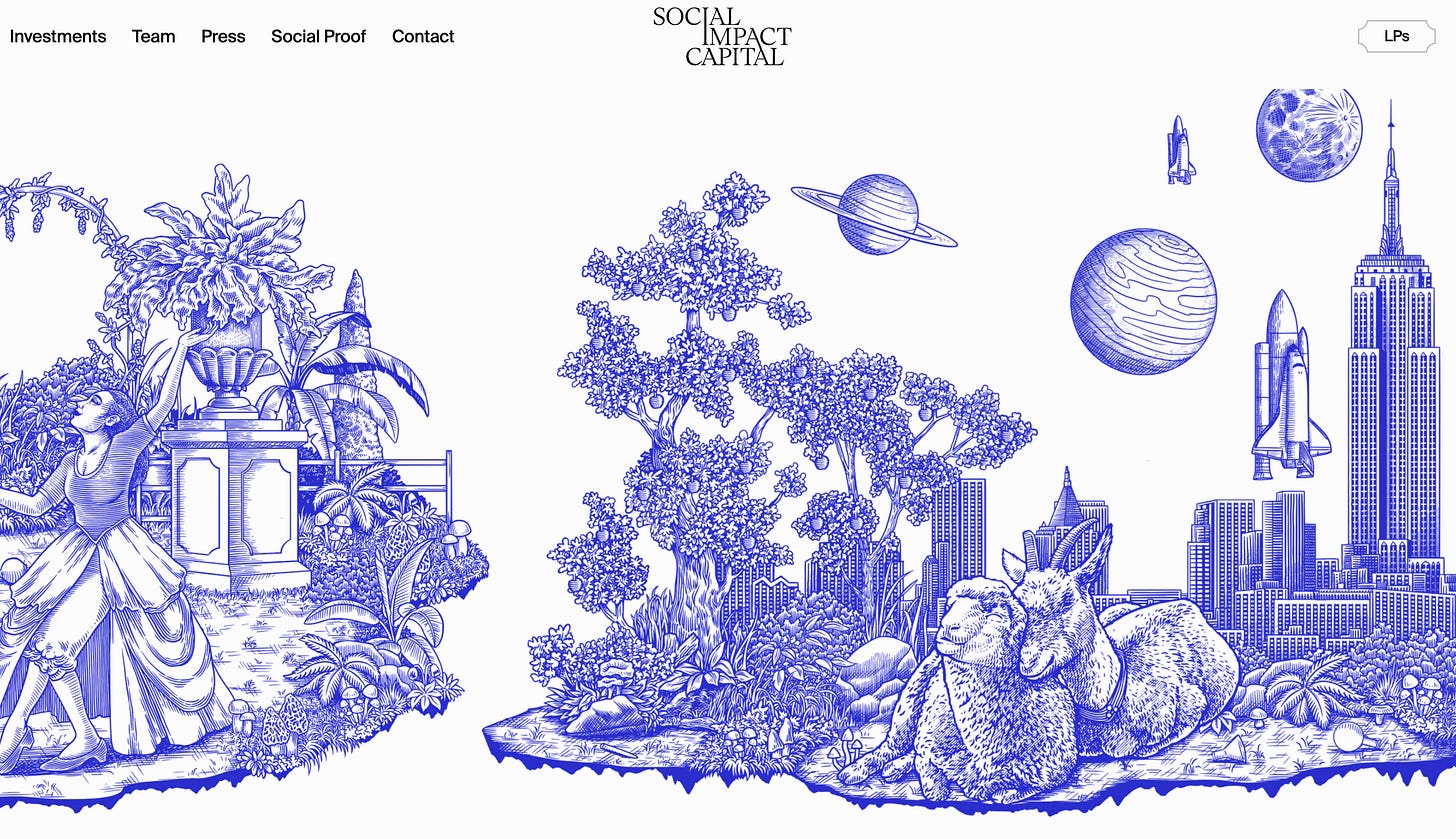

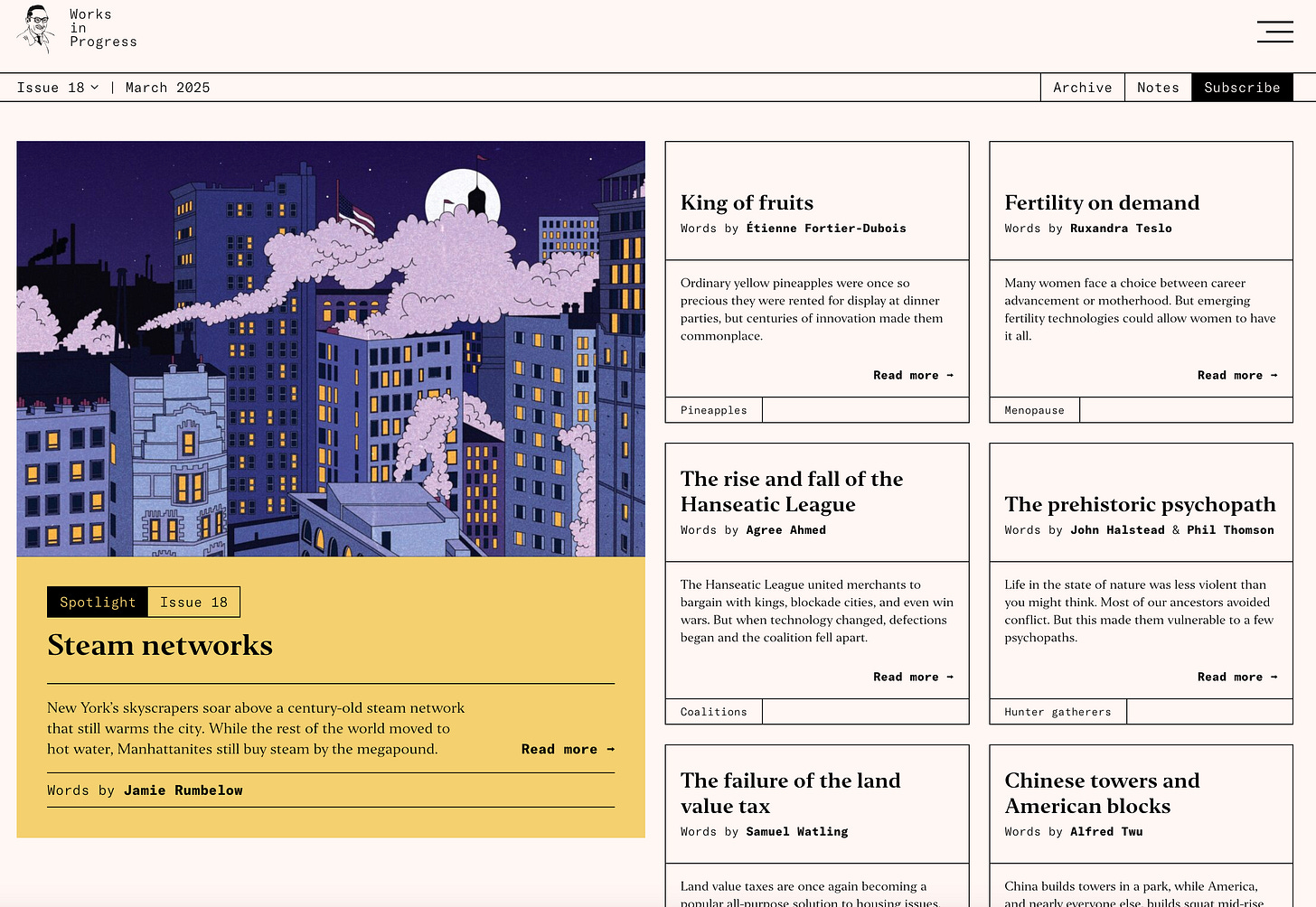







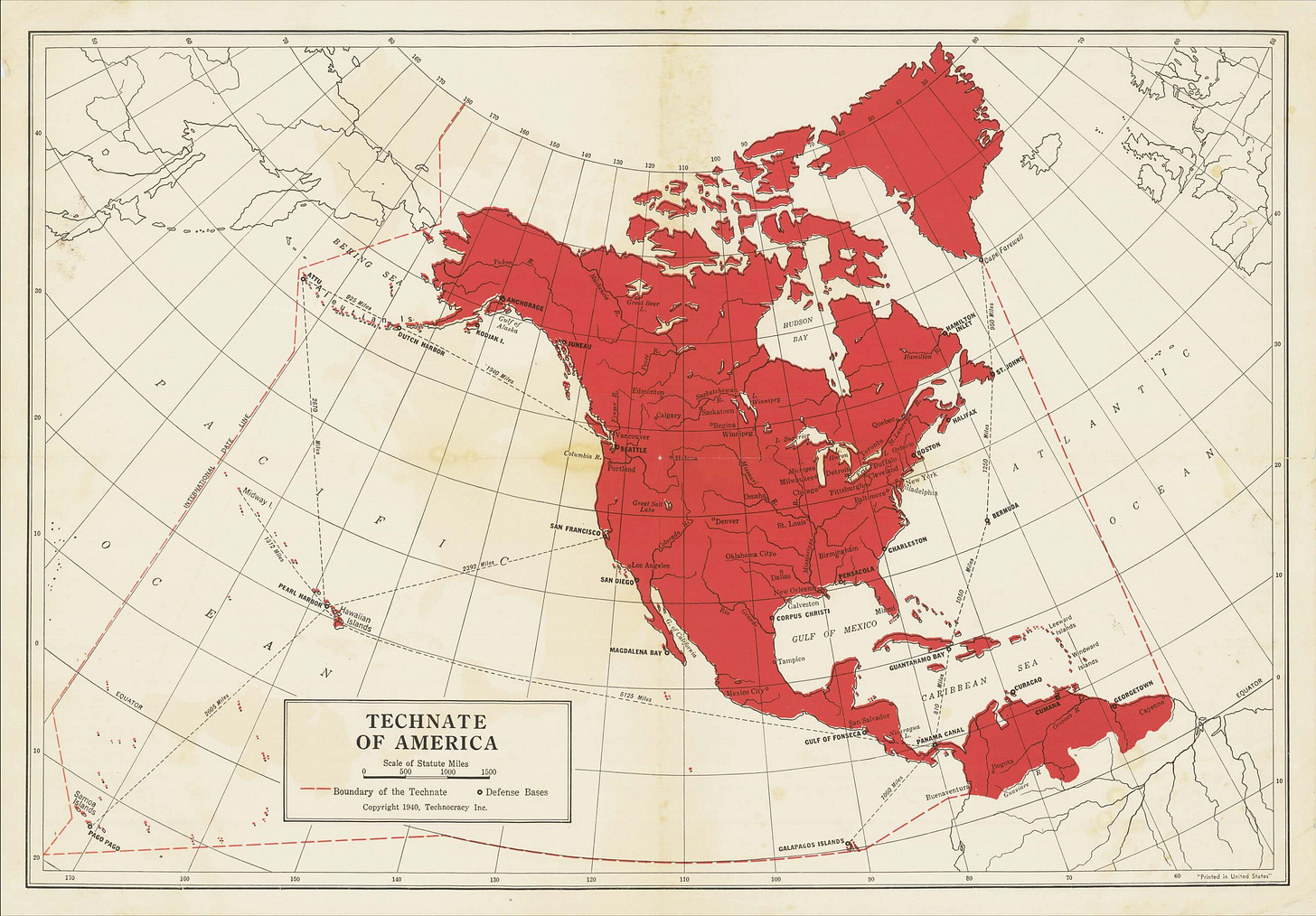

I love the way you lay out information in these posts! Like sampling bon bons at a candy shop.
I’m really into the ornateness aesthetic, and I eventually want to get there with both my print and online products. The constraint seems to be finding a designer and also the cost of that designer. But wow, they really are beautiful when it’s possible. I love those examples!